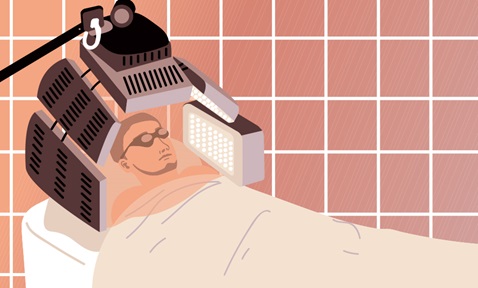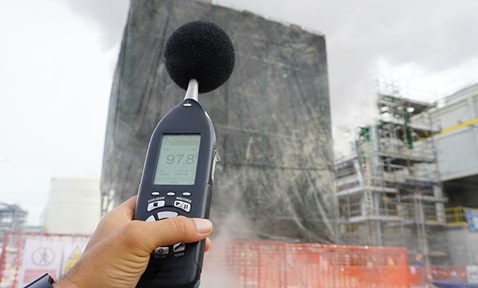
Enhancing Posture with Pseudo-Haptics
Synopsis
A sedentary work culture that involves prolonged sitting leads to poor posture, impacting health and productivity. An effective posture correction system is needed—one that balances impact without intrusiveness. Pseudo-haptics creates the illusion of force experienced by users without physical touch. This innovative approach subtly guides users toward anatomically healthy postures.
Opportunity
Correcting poor posture is essential for overall health and well-being. Pseudo-haptic feedback offers innovative ways to address posture-related challenges. Pseudo-haptics can provide real-time posture guidance, reminding users to maintain healthy postures without the need for physical touch. This can be beneficial in smart homes, where wearable devices can subtly guide users to sit or stand correctly.
Virtual reality (VR) applications can create immersive environments where users receive real-time posture guidance, enhancing realism by simulating the sensation of adjusting the spine. Ergonomic workstations can integrate pseudo-haptic feedback into chairs, desks, or computer peripherals, gently nudging users back into a healthier posture. Mobile apps can track posture throughout the day, providing timely reminders to maintain good posture even during busy schedules.
Moreover, in healthcare and fitness, pseudo-haptic devices can assist in rehabilitation exercises, ensuring proper alignment and preventing strain. Gamified posture correction apps, where pseudo-haptic feedback is used to encourage alignment during gaming or exercise routines, can engage users while promoting better habits.
Technology
This system addresses upper body posture correction, particularly for individuals with desk jobs involving prolonged sitting. Unlike traditional haptic systems that rely on physical touch, pseudo-haptics create the illusion of force without tangible contact. The system uses sensors like accelerometers, gyroscopes, and magnetometers to analyse upper body posture and compare it to healthy postures. When an incorrect posture is detected, pseudo-haptic feedback is triggered by adjusting the control display ratio (CDR), prompting users to correct their posture. CDR represents the ratio of user input displacement to cursor movement on the display. This approach improves well-being without disrupting normal activities.
Applications & Advantages
Pseudo-haptics holds promise for revolutionising healthcare by providing realistic sensations without relying on physical haptic interfaces. Its versatility makes it a valuable tool for training, rehabilitation, and patient care.
Physical Rehabilitation:
- Provides cues related to movement, resistance, and posture.
- Patients recovering from injuries or surgeries can benefit from this non-invasive approach.
Prosthetics and Exoskeletons:
- Enhances the usability of prosthetic limbs and exoskeletal devices.
- Users receive sensory cues that mimic natural touch, improving their interaction with assistive technologies.
Near-Field Robotics:
- Enhances human-robot interaction in close proximity.
- It enables safer and more intuitive collaboration, especially in medical settings.















